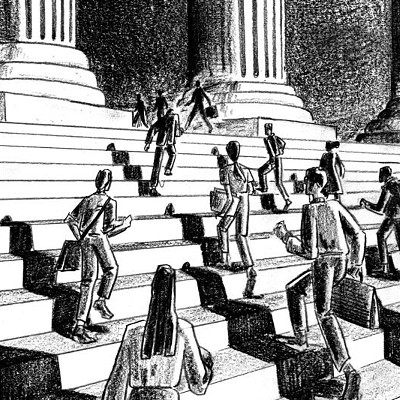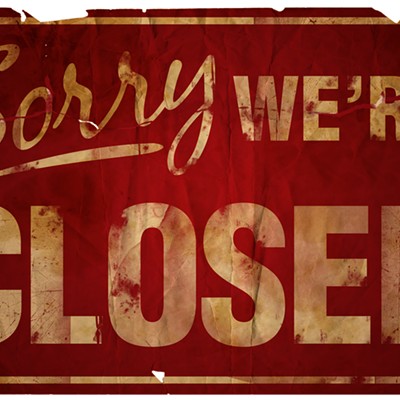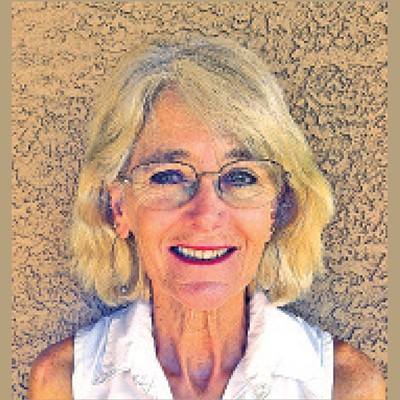The rocks of Southern Arizona represent one of the classic works of geology, with many characters, plot twists and grand mysteries to solve.
For scientists who specialize in understanding ore deposits--those naturally occurring anomalous quantities of minerals that people find valuable--there is also treasure beyond knowledge alone at stake in the solving of these mysteries. In Southern Arizona, the buried treasure is copper, the red metal ubiquitous in inventions that drive the modern world. Historic wildcat prospectors and miners are among our state's cherished pioneers; indeed, the UA's first building, Old Main, was built to house a school of mines. Today, conventional and green technologies only increase our demand for copper, and new generations of Arizonans continue to flock to copper companies for employment.
Observing the way mud has been flung toward the mineral industry recently by some Arizonans, I have begun to contemplate how inorganic and, frankly, nonobjective our local culture is becoming:
· In late 2007, U.S. Reps. Raúl Grijalva and Gabrielle Giffords introduced a bill that would ban the staking of any new mining claims in Pima and Santa Cruz counties, thereby closing the library forever, so to speak, to the scientists who are scrambling to gain new geologic knowledge and identify future resources here at home. This heavy-handed political busybodying would end the procedures that have allowed mineral prospectors, recreators and townspeople to coexist harmoniously on federal lands for 135 years and gave birth to our local towns and Western culture.
· In recent weeks at Forest Service-sponsored open houses, many residents concerned about the impact of Augusta Resource Corporation's proposed Rosemont copper mine in the Santa Rita Mountains have demonstrated that they are more interested in publicly venting at an open-mic-style forum than in learning facts or requesting that their concerns be addressed by scientists in a formal environmental impact statement.
To be fair, some people's anti-mining attitudes grow from mistakenly attributing stereotypes of pioneer-era mining to today's refined operations; however, too many of these attitudes stem from the old city-mouse/country-mouse cultural disconnect. Perhaps it would be useful to explain that, unlike other commodities that enrich our cultures, copper deposits don't grow on trees. They are extremely rare, and only found where the right combination of natural events occurred in geologic history. Many such events created the dramatic landscapes most Southern Arizonans take for granted. Our copper culture developed organically by earning our sustenance from these landscapes, and that culture's character still draws people here.
Ironically, the influx of residents means more foothills and valleys are being covered up by urban infrastructure, thus reducing the inventory of prospectable land. New building construction consumes resources, increasing the demand for new copper deposits, but simultaneously limiting the conditions necessary to discover them--effectively making the copper deposit a new "endangered species." Copper's soaring market price reflects this demand and scarcity. Because deposits have measurable value in terms of the minerals they contain, many can hold their own against land uses that create other values for society, such as housing, recreation or wilderness sites. Private land owners and representatives of state and federal lands do a remarkable job of balancing these values.
But the copper culture can't stand up for itself against nonobjectivity and the mob mentality. Expert minds dedicate their lives to the industry: to geologic reasoning, to exploration, to engineering and metallurgy, to environmental services, operations, safety, human resources and community development.
Let's start thinking about Southern Arizona's copper deposits and the people whose culture rely on them as the endangered species they are. Saving them only requires focusing on facts, an attitude of social tolerance and the continued political right to exist and evolve in harmony with the rest of the world in the few locations where copper occurs.










